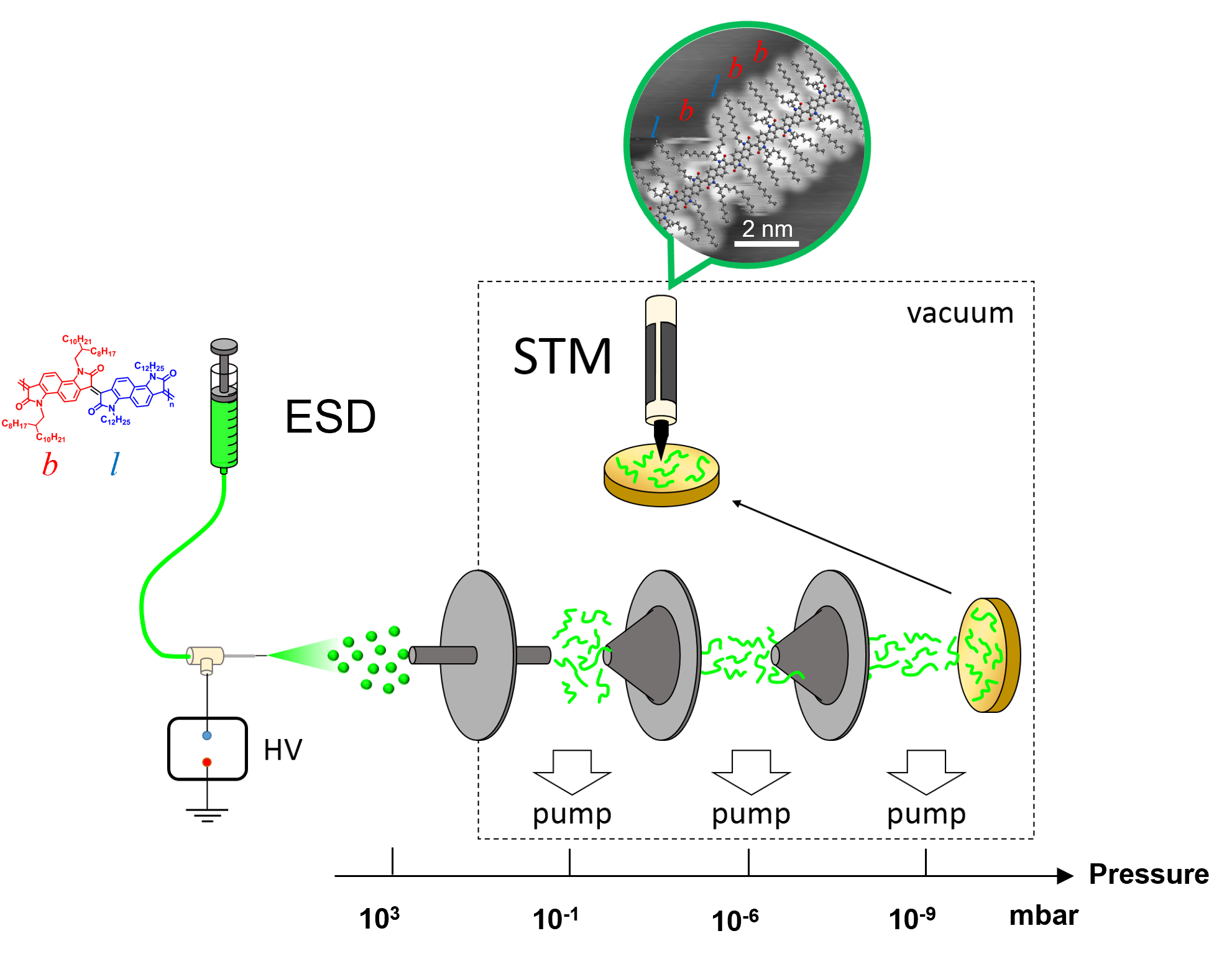Séminaire 19/10/2023 - Xiaocui WU - Unveiling Polymerization Defects in Conjugated Polymers: Insights into Chemical Precision in Organic Electronics
Invitation : Sylvain Clair (Département PHANO, Equipe NANO).
Diffusion : IM2NP, CINaM, Irphe, LP3 (via N. Sannier), Madirel (via P. Boulet), PIIM (via T. Angot), CPT (T. Martin), Fédération de Chimie (via S. Viel), CP2M
SEMINAIRE Jeudi 19 octobre 2023 à 10h00
horaire inhabituel : 10h00
Salle des séminaires de l'Im2np, campus de Saint-Jérôme, 1er étage Bâtiment Poincaré
Xiaocui WU
Max Planck Institute for Solid State Research, Stuttgart, Allemagne
Université de Warwick, Coventry, Royaume-Uni
Unveiling Polymerization Defects in Conjugated Polymers: Insights into Chemical Precision in Organic Electronics
Conjugated polymers (CPs) demonstrate tunable electronic and optoelectronic properties, outstanding biocompatibility and mechanical flexibility, light weight and affordability, and have been implemented in a wide range of modern technologies. The majority of CPs employed in thermoelectrics, (bio)electronics and neuromorphic computing entail intricate chemical compositions and structures obtained via multi- and co-polymerization techniques. Achieving precise control of the microstructure in CPs is thus essential for understanding their behavior in high-performance organic electronic devices. However, conventional analytical techniques (e.g. NMR, MS, GPC) often struggle to precisely characterize modern CPs. We address this fundamental issue by using the ultimate spatial resolution of scanning probe microscopy, enabling the elucidation of the structural and local electronic properties of molecules with sub-nm precision. An in-depth analysis of selected rigid rod conjugated polymers was conducted, unveiling unexpected polymerization defects, appearing both as deviations from the ideal polymer sequence and as kinks in the backbone structure. An alternative reaction pathway was employed to rectify the sequence defects, allowing a better control over microstructure. The resulting defect-free polymer demonstrates significantly improved fullerene intercalation, thereby enhancing device performance.

